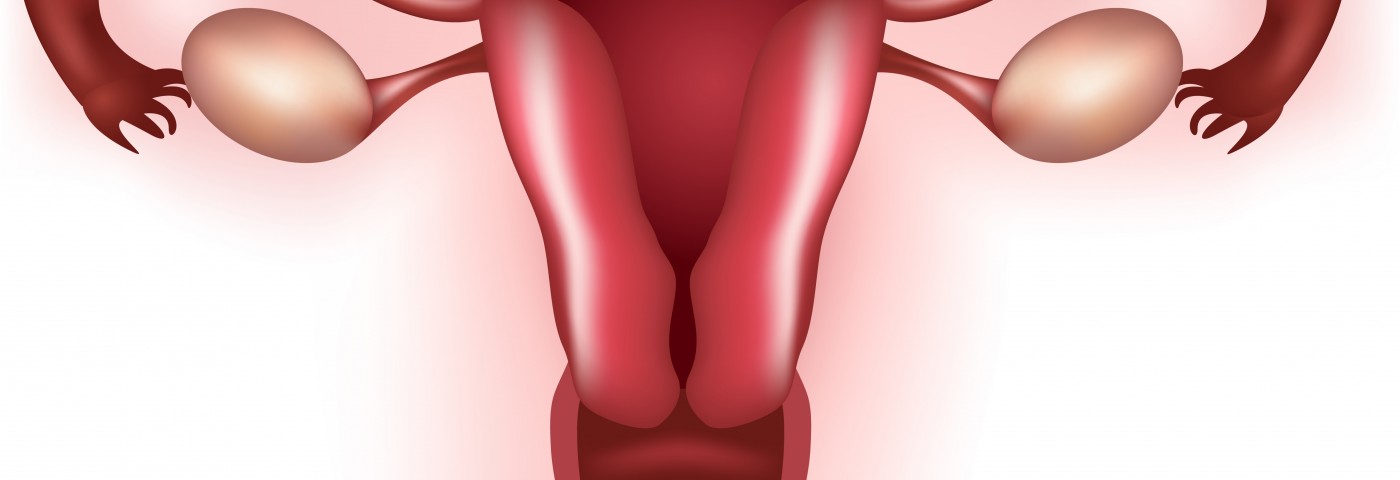As a woman with endometriosis, I have an over-performing uterus; one that is intent on making my life less boring by producing lumps, adhesions, and all sorts of wondrous complications. After many medical appointments, the list of things that may or may not have formed inside and outside of my uterus can be overwhelming. Here’s a rundown of the most common contenders for “annoyance of the month” when living with endometriosis.
Scar tissue
One way our bodies heal after injury is through scarring. Scar tissue becomes especially relevant post-surgery. In most cases, it causes no discomfort unless it extends across one tissue to another. In that case, it can cause inflammation and other noticeable symptoms; this is called adhesion.
Adhesions
As soon as a woman is diagnosed with endometriosis, “adhesions” is probably the word that comes up the most. Adhesions are clusters of fibrous scar tissue that adhere to organs, sticking them together. They’re capable of producing serious amounts of discomfort.
It’s important to remember that having adhesions may not mean having endometriosis.
Adenomyosis involves the type of adhesions that are made up of endometrial tissue — the tissue that lines the uterus — and forms within the thick, muscular layer of the uterus. In short, they occur within the uterus. Endometriosis adhesions, on the other hand, occur outside of the uterus. They can appear on the bladder, appendix, ovaries, and basically any organ of the body, even on the lungs.
The tricky thing about adhesions is that they are extremely difficult to diagnose through imaging. At present, the most reliable way of confirming their existence and location is through laparoscopy. Excision surgery or ablation surgery are two ways of removing endometriosis-related adhesions.
Ovarian cysts
These are sacs full of fluid, and they grow on our ovaries. Most ovarian cysts naturally appear and disappear while others occur as a result of scarring after excision surgery. Others can form due to adhesions or bleeding within the ovary. Many cysts go completely unnoticed but some can burst or become large enough to cause discomfort.
If cysts are large, cause symptoms, or are potentially cancerous, the general practice is to remove them.
Polyps
These are growths that appear in the inner lining of the uterus. Most polyps are quite small and won’t produce any symptoms. However, some can be responsible for excessive bleeding and spotting between periods or after sexual intercourse. Just like with cysts, it’s worth monitoring them and possibly removing them if they cause issues.
If your uterus is complicated, like mine, the chances are that you experience an array of symptoms each month, ranging from mild annoyance to heavy discomfort. The good news is that speaking to a doctor is the first step in finding out what is going on. Once you know the answer, there is so much that can be done to ease both your discomfort and your worries.
***
Note: Endometriosis News is strictly a news and information website about the disease. It does not provide medical advice, diagnosis, or treatment. This content is not intended to be a substitute for professional medical advice, diagnosis, or treatment. Always seek the advice of your physician or other qualified health provider with any questions you may have regarding a medical condition. Never disregard professional medical advice or delay in seeking it because of something you have read on this website. The opinions expressed in this column are not those of Endometriosis News or its parent company, BioNews Services, and are intended to spark discussion about issues pertaining to endometriosis.


